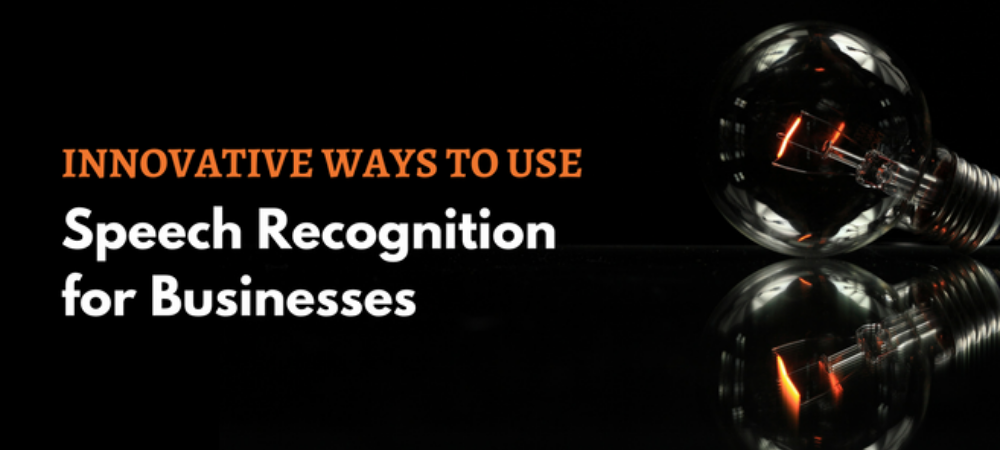Speech recognition today is not quite what the sci-fi novels of yesterday described. Much more than a powerful, fantastical tool, however, speech recognition technology has many real-world applications that can help businesses reach greater levels of productivity and success.
How can your organization benefit from speech recognition? The possibilities are limitless…
1. Save time with automatic transcription.
When you’re running a business with limited staff and/or resources, keeping productivity and efficiency at all-time highs are top priorities. By using speech recognition to convert audio and video into perfectly-accurate text, businesses large and small can help automate processes like:
- Complaint analysis
- Call (and caller) categorization
- Repeat call analysis
- Demographic analysis
- Legal compliance
- NPS analysis
2. Hear and understand customers.
Your customers’ opinion of your company and brand mean absolutely everything, and so it’s critical to truly understand them. Our speech recognition makes it possible to better interpret what your customers actually feel about your product, service or business as a whole, by performing in-depth data mining on recorded calls. After all, a more realistic view of your customers can provide a greater picture of the health of your organization.
3. Streamline the support process.
Your recorded audio from customer calls may just hold the answer to a better way to provide support. After taking the time to capture customer interactions and then analyzing the findings, you’ll be able to pinpoint the issues that people need the most help with to make the customer support process much more optimized.
4. Identify callers and mitigate risk.
Who is really calling your business? With speech recognition solutions that capture audio using best-in-class voice biometrics, your organization can easily identify and authenticate each caller in order to better detect and mitigate fraud. Our voice biometrics are available for both active and passive voice-print capture and is currently used by financial institutions and government agencies around the world.
5. Monitor support agents and representatives.
When your customers and clients have an important question, they’ll be sure to call it in. As agents field these calls, it’s absolutely necessary that they are conveying the proper information in an approachable, brand-friendly way. By taking advantage of speech recognition to capture and analyze audio, you can easily track each customer-agent communication to better understand and monitor your representatives on the front lines.
6. Get more data on customer demographics.
Our powerful speech recognition technology performs in-depth data-mining on your audio and identifies key demographic information, including gender, age estimation, language, accents, emotion and sentiment, topic, speech patterns and more. Having this kind of information on hand will enable you to launch highly-targeted marketing campaigns, improve support and sales performance, and much more.
7. Write important emails quickly and accurately.
Sometimes commuting is the only time you have some peace and quiet to get ahead of things. Using the speech recognition and transcription technology built in our mobile transcription app, you can quickly tap to record anything at the drop of a hat. Write up emails, project outlines and keep track of ideas just by talking into your smartphone.
8. Use voice data to continually optimize.
When you have incredible data at your disposal, the next step is to analyze and optimize. With accurate voice data from customer interactions and calls, you’ll be able to continually grow and improve all of your related business processes.
Ready to get started? Start with a free account or get in touch with our team to discuss how our speech recognition technology can help your business!
This article was originally published on May 18, 2017, and has been updated for accuracy.
